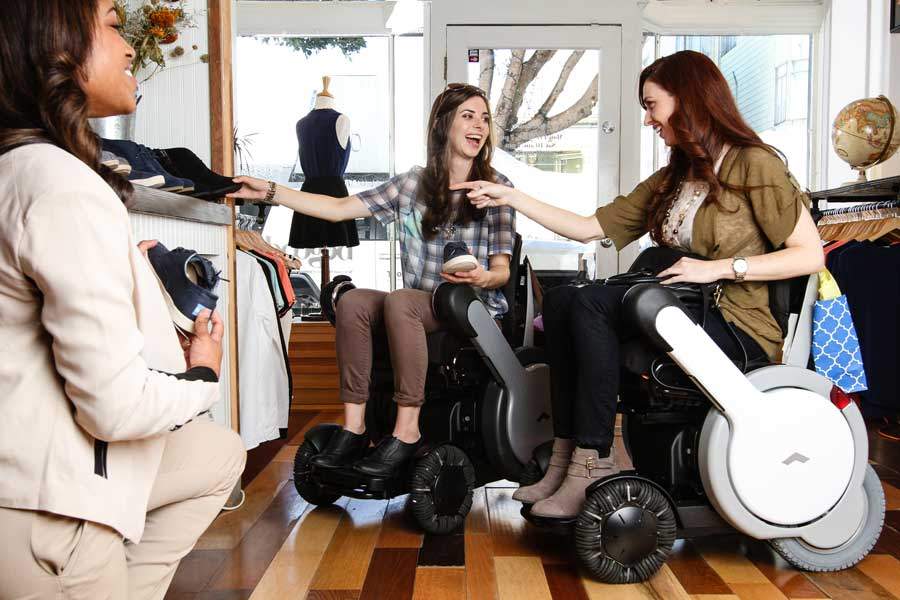Physical Therapists want their patients to move with as few barriers as possible, which is why staying up-to-date with current mobility technology is a crucial part of their job. Therapists are no longer preparing people just for “wheelchairs”. They now prepare patients for “personal mobility devices” that help patients to do much more than what wheelchairs. With these new devices, therapists are equipping patients to move faster, climb higher and even, walk.
Mobility is lighter and stronger than ever before
Personal mobility devices range from four-wheel drive chairs to exoskeletons. In a recent Wall Street Journal Article, Lora Kolodny chronicles all of the new changes that are breaking barriers in the mobility market. For example, wheelchairs are no longer being made from heavy materials that make them 35-40 pounds. Instead, companies are working to make lighter chairs. One example is the Swedish company TiLite, who has made a chair from titanium and aluminum that only weighs 13 pounds.
Reaching new heights with mobility
Weight isn’t the only thing changing. There is the Scalevo, a motorized wheelchair that no longer depends on smooth terrain to navigate. With a tank like tread-system individuals no longer need a ramp, the chair can climb stairs and elevate the rider higher to see around obstacles. There also is the Whill A with all-directional front wheels. It can clear 3” off the ground and ride a 10 degree incline. It’s also faster than most motorized wheelchairs–at 5.5 mph. All of these improvements are allowing individuals who need personal mobility devices (approximately 2% of those with disabilities), to go places they have never been before.
The miracle of walking again
However, nothing feels more mobile than actually walking again. ReWalk robotics is entering a whole new frontier of personal mobility devices with their exoskeletons which use small shifts in the center of gravity to allow the individual wearing it to walk again.The exoskeletons, are allowing individuals to walk, climb and descend stairs, navigate terrain where wheels can’t go, and, most importantly, stand eye to eye with those around them. Currently, the ReWalk robotics rehabilitation model is being used by therapists in clinics, but as they grow in popularity, they may be seen out on the streets.
Get ready
All of these new technologies are exciting, but there is a catch: they are currently unfamiliar and expensive for consumers. However, as desktop computers and cell phones have shown, expensive technology paves the way for affordable options. As these devices become mainstream and the possibility of personal mobility devices broadens, therapists will be on the front line introducing them to their patients.
Maybe you’ve been seeing changes already. If so, we’d love to hear about them. What new devices are becoming mainstream in your area of expertise?


